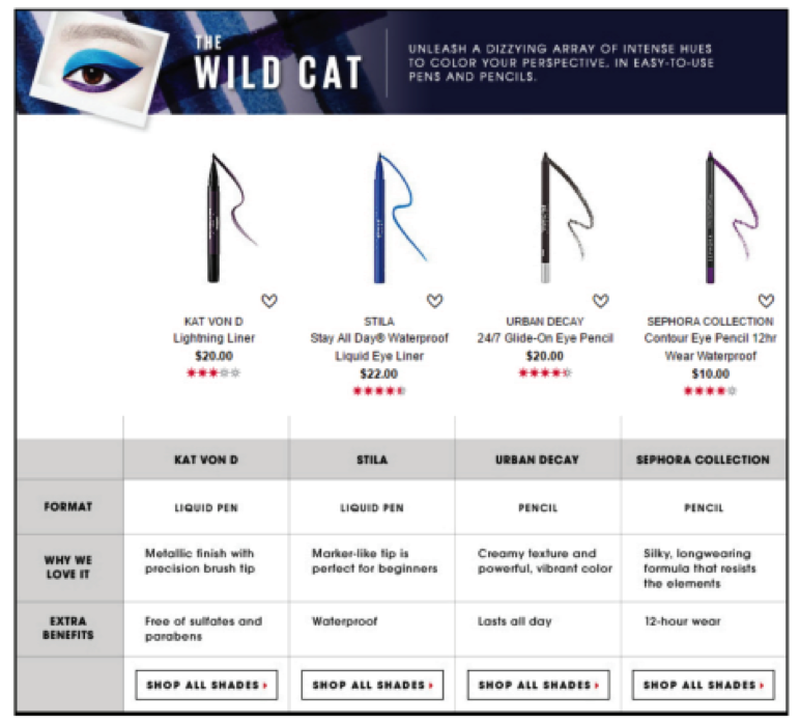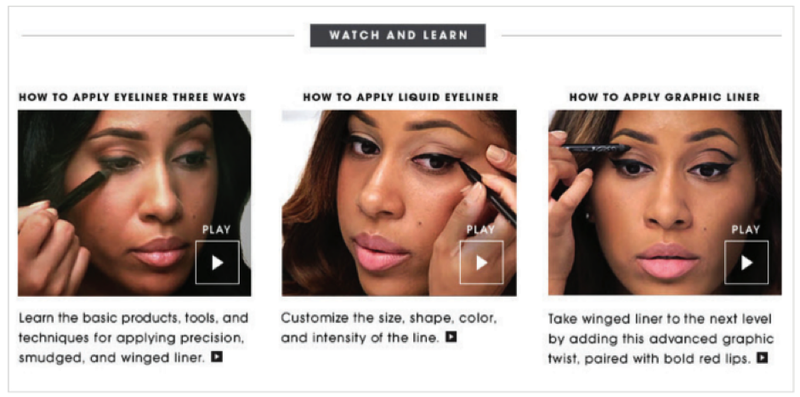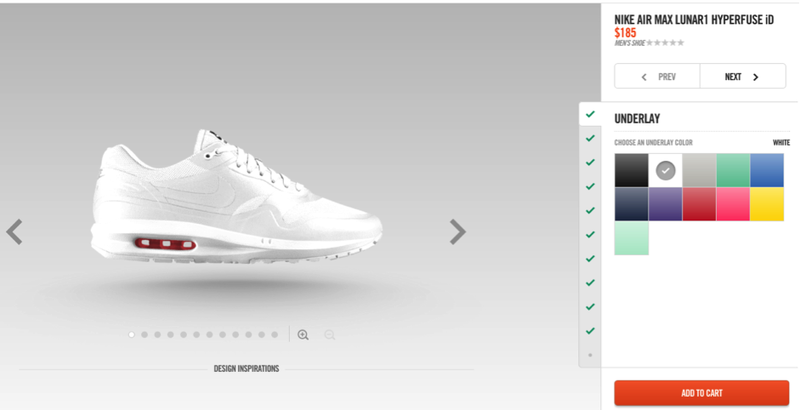This is a continuation of a 5 Part series on what is required to create amazing online experiences. If you have missed Part 1, you can read it by clicking here.
Principle # 3 The function of "UX"
"UX" is not the customer experience silver bullet. It plays a critical part but it is a part of a bigger whole. As this 3 Part Series illustrates, designing amazing online experiences is not undertaken within a single activity.
So what does UX look like and how does it contribute to create amazing online experiences? To answer, the "UX" function needs to be deconstructed and reconstructed.
Deconstructing "UX"
"UX" needs to be broken down into two parts:
- "Interaction Cost" management
- "Value Creation"
"Interaction Cost"
"Interaction cost" is the effort required of consumers to undertake their steps within a journey. Interaction cost is made up of two forms of effort: physical and mental.
Examples of physical effort:
- Clicking
- Scrolling
- Swiping
- Typing
- Waiting for pages to load
Waiting for pages to load may not seem an obvious example of physical effort, but slow loading pages physically restrain consumers from moving on to next steps. Revert back to the example of a great physical retail experience and imagine the salesperson slowing their speech down when speaking to the consumer. It’s the same thing.
Examples of mental effort:
- Consumer confusion (they are lost or their expectation was not met)
- Avoiding visually strong irrelevant content (carousels)
- Dealing with attention switches (page refreshes) Dealing with content he/she did not request (pop-ups)
- Needing to memorise content in order to make a decision (cognitive load)
Though interaction cost can never be completely extinguished, the goal for all retailers is to reduce both forms of effort as much as possible.
Don’t confuse interaction cost with the term usability. Usability is more commonly used to describe a sites ease of use. Jakob Nielson founder of the NN Group (global leader in user experience research) says "interaction cost is a direct measure of usability".
Interaction cost was introduced in the 1990’s to evaluate the usability of new software systems. Interaction cost management is the act of reducing effort to make a site more usable.
"Value Creation"
"Value Creation" is the creation and presentation of content to build value in a consumer’s journey. "Value Creation" enhances experiences, by contributing to a consumer’s decision-making process.
By contributing, (or adding value) to the journey the retailer is simplifying a consumers next steps. The act of creating value is hard to achieve. For retailers to get it right they need to have a firm grasp of …
- A consumer’s pain points and when these pain points occur in the journey.
- How to translate the pain points into content and engaging experiences.
- Seamlessly weaving the content into the journey and touchpoints.
Though its hard to achieve, the benefits are significant. This value creation becomes a relationship enhancing mechanism creating an emotional connection between retailer and consumer, building brand affinity (the most durable kind of customer loyalty).
Value creation is the empathy element discussed early. Examples of tools used to create value:
- Product video
- Buyers and "How to" Guides
- Guided selling content and tools
Patrick Newberry, co-author of "Experience Design: A Framework for Integrating Brand, Experience, and Value" (2013) says "businesses make the mistake of assuming superficial design efforts can fix the problems of inefficient communication".
Newberry goes on to say businesses need to "engage customers in experiences they find value in" .
In isolation, interaction cost and value creation do not deliver amazing online experiences.
- You can reduce interaction cost, but no extra value is being added.
- You can create content which may contribute to decision-making but if the experience is confusing and/or hard to use, consumers will not endure the process.
Reducing interaction cost is like a desert highway (Figure 1)...

It’s very efficient in getting you from A to B, there are no distractions but it is boring.
Value creation is like a coastal mountain highway (Figure 2)...

The scenery is beautiful but it takes 10 times longer to get from A to B, and is easier to become lost.
Reconstructing UX
To effectively contribute to creating amazing online experiences these two functions must work together.
An example of these two parts coming together is found at Sephora.com.
Sephora Example:
Consider a consumer who has buying intent for eyeliner and ends up in the eyeliner section of the Sephora site (Figure 3). As a consumer scrolls down the list of products they are presented with a wide variety of "eyeliner looks" she can achieve through the use of different eyeliner products. These looks comprise content which guides her to select the right product.


An example of interaction cost and value creation not working well together is Nike’s custom shoe builder (Figure 5):

UX Mag (.com) published an article in May 2016 titled "How are UX principles influencing visual design", in this article they discuss how "the richness of new design methods, (best) practices and tools are turning the graphic and visual design industry on its head".
The article quotes Ivan Chermayeff, from globally renowned Chermayeff & Geismar & Haviv (New York based agency):
Design is directed toward human beings. To design is to solve human problems by identifying them, examining alternate solutions to them, choosing and executing the best solution.
Takeaway. The UX function is a key part of creating amazing online experiences, not the whole. UX specialists need to focus on reducing interaction cost and work with the retailer to dig deeper to better understand consumer pain points (empathy) and design experiences to solve human problems which is then seamlessly woven into journeys.
Principle #4 Respect the Fold
The Fold is as important as it was many years ago, but the dynamic has changed.

Though today’s consumer is more prone to scrolling, he/she will not exert unnecessary effort if they perceive the content below the fold (Figure 6) will not ad value to their journey.
If they view relevant/meaningful content above the fold, the assumption is there will be more relevant content down the page below the fold. This assumption will prompt consumers to scroll to find more relevant content.
Takeaway. Make sure meaningful relevant content is presented above the fold to prompt scrolling behaviour. This does not mean cramming content above the fold, retailers need to prioritise the content to ensure the most important content is placed at the top of the page. This is the act of establishing a content hierarchy.
Principle #5 Let Data do the decision-making
Having access to the right data is an important part of determining what is and what is not working. If there is clarity on the important things needing to be measured, "big data" becomes a non-issue.
In the context of building amazing online experiences, focus on insights which brings clarity on the following:
- What is working that turns "consumers" into "customers"?
- If you are still in business you must be doing something right, find out what it is and leverage it.
- What is bringing your customers back?
- What are your customer pain points?
- Why are consumers not turning into customers?
- What are the pain points of the people who come to you but do not end up purchasing?
Point 4 is a crucial insight and becomes key to growth. Point 4 helps to enhance experiences for consumers where their loyalty resides with themselves and their own needs not with your brand.
Consumers are becoming less brand loyal.
Examples of valuable data sources:
- Site analytics to explain behaviours.
- Call centre data to identify consumer pain points.
- "Chat" data to identify consumer pain points and missing content on the site.
- Survey data to explain customer pain points and potential needs.
- Consumer demand research. This explains what consumers are looking for (intent) and the phrases they use to find them.
- Understanding consumer and customer pain points from front-line employees.
Surveys can add value but consumers truly vote with their actions making online behavioural data valuable.
Point 6 is a valuable source of insight. Front line employees are on the coalface dealing with pain points on a daily basis. These employees will know how to work through and overcome the pain points and will make a valuable contribution.
The depth and understanding of the data translates to a retailer’s ability to deliver the right experiences at the right time, helping a retailer build empathy and drive "value creation".
Takeaway.Focus on the right data to build your understanding of pain points and how consumers want to buy from you.
Continue reading this series by clicking here to see Part 3.
This article was as tagged as Digital Strategy , eCommerce Consulting , SEO , UX Design